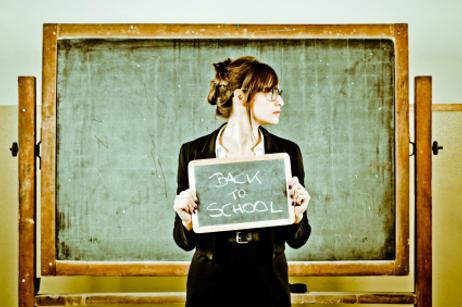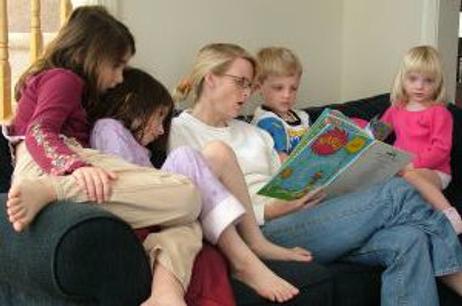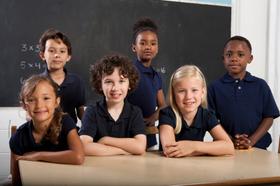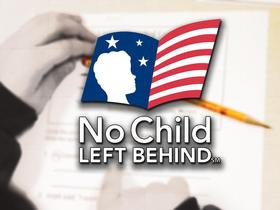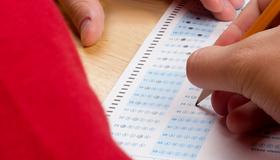The first day of school for Chicago Public Schools is just weeks away, but a myriad of problems continues to plague the district and even threaten the ability of schools to open on schedule. With ongoing conflict between school leaders and the teacher’s union, accusations of lying, and even a bond downgrade by Moodys’, CPS doesn’t look like a district getting ready to welcome students back to their schools. Will the problems be resolved by the looming August deadline?
Is a Strike Inevitable?
Disagreements between the teacher’s union and school administrators continue to heat up, and talks of a strike are concerning many in the Chicago school district. CBS News reports that a recent rejection of a fact finder’s recommendation fuels worries that teachers and school leaders will not be able to come to an agreement before the school year begins. The recommendation included a double-digit raise for district teachers, a move district officials have said they simply cannot afford.
The fact finder, Edwin Benn, made the recommendations after the two sides failed to come to an agreement on the proposed budget for the upcoming school year. The proposed $5.73 billion budget included a two-percent pay increase for teachers for the next school year, but the teacher’s union has said that amount is unacceptable. The Chicago Tribune reports that teachers booed the proposed budget when it was announced earlier this month.
The proposed budget also included a $665 million deficit, increased property taxes

